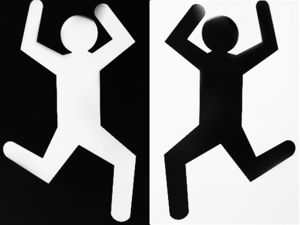Difference between revisions of "Focus on Deficiencies"
m |
m |
||
| Line 1: | Line 1: | ||
| + | [[File:Example.jpg|thumb|Description]] | ||
| + | |||
====Description==== | ====Description==== | ||
This pattern suggests that the way to look at a community (or other things presumably) is to focus on its ''deficiencies''; what's broken or dysfunctional. Thus, one can "diagnose" a community for its "diseases" such as crime, drug use, broken families, or "loose morals." | This pattern suggests that the way to look at a community (or other things presumably) is to focus on its ''deficiencies''; what's broken or dysfunctional. Thus, one can "diagnose" a community for its "diseases" such as crime, drug use, broken families, or "loose morals." | ||
Revision as of 11:04, 27 October 2013
Contents
Description
This pattern suggests that the way to look at a community (or other things presumably) is to focus on its deficiencies; what's broken or dysfunctional. Thus, one can "diagnose" a community for its "diseases" such as crime, drug use, broken families, or "loose morals."
How it works
This pattern reinforces the idea that the particular thing being looked at is bad fundamentally. This has the effect of making people in the community feel that they're worthless and are incapable of doing anything positive. It also can justify the need for "professionals" to come in from outside and clean up everything. The pattern also helps disregard the things that are good about the community and represent potential "local" solutions. If these assets are ignored, then it's very easy to simply not think about supporting them.

